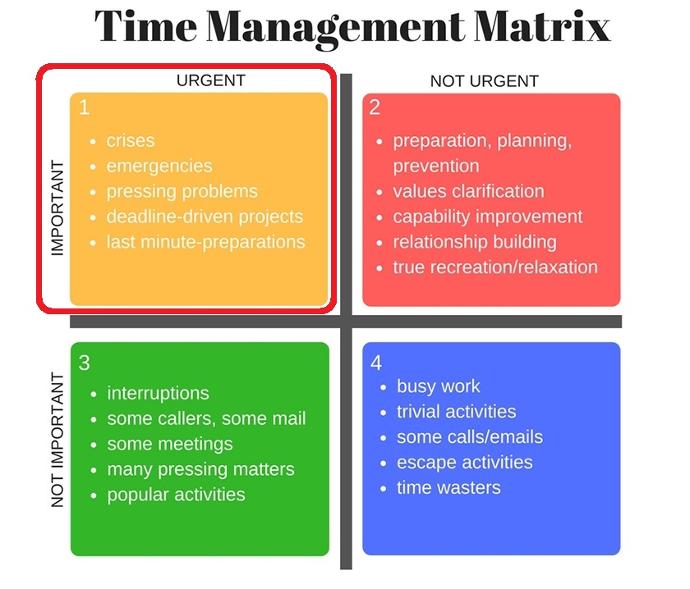Unlocking the Power of the Fourth Quadrant
A Startup's Guide to Making Ideal Choices
In the startup world, decision-making is a critical skill. One tool that has proven invaluable for making balanced decisions is the four-quadrant model. While the first three quadrants offer their own set of insights, it's the fourth quadrant that often holds the key to startup success. The fourth quadrant is where the magic happens. It's the ideal scenario where both factors being compared are at their most favorable levels. For startups, this means offering products or services that deliver the best value for the lowest cost, thereby ensuring customer satisfaction and competitive advantage.

Unlocking the Power of the Fourth Quadrant: A Startup's Guide to Making Ideal Choices
Introduction
In the startup world, decision-making is a critical skill. One tool that has proven invaluable for making balanced decisions is the four-quadrant model. While the first three quadrants offer their own set of insights, it's the fourth quadrant that often holds the key to startup success. In this blog post, we'll explore the significance of the fourth quadrant and how it can guide startups to make optimal choices. We'll use real-world examples, including the classic "Health vs. Taste" dilemma in the food industry, to illustrate the concept.
What is the Four-Quadrant Model?
Imagine a square divided into four smaller squares by intersecting vertical and horizontal lines. Each of these four squares, or "quadrants," represents a combination of two key factors you're comparing.
Cost vs. Quality
| Quadrant | Cost | Quality |
| 1 | High | Low |
| 2 | High | High |
| 3 | Low | Low |
| 4 | Low | High |
The fourth quadrant is where the magic happens. It's the ideal scenario where both factors being compared are at their most favorable levels. For startups, this means offering products or services that deliver the best value for the lowest cost, thereby ensuring customer satisfaction and competitive advantage.
Health vs. Taste: A Real-World Example
Consider a startup in the food industry. Consumers often face a trade-off between healthy and tasty food.
| Quadrant | Health | Taste |
| 1 | High | Low |
| 2 | Low | High |
| 3 | Low | Low |
| 4 | High | High |
By focusing on the fourth quadrant, a startup restaurant could offer a menu that pleases both the taste buds and the health-conscious mind, thereby attracting a broader customer base.
More Pairs to Consider
Cost vs. Efficiency in Tech Startups
In the tech world, balancing cost and efficiency is crucial.
| Quadrant | Cost | Efficiency |
| 1 | High | Low |
| 2 | High | High |
| 3 | Low | Low |
| 4 | Low | High |
User Experience vs. Functionality in App Development
For app developers, the fourth quadrant would be an app that offers an excellent user experience without compromising on functionality.
| Quadrant | User Experience | Functionality |
| 1 | High | Low |
| 2 | High | High |
| 3 | Low | Low |
| 4 | High | High |
Sustainability vs. Profitability in Green Startups
For eco-conscious startups, the fourth quadrant represents business models that are both sustainable and profitable.
| Quadrant | Sustainability | Profitability |
| 1 | High | Low |
| 2 | High | High |
| 3 | Low | Low |
| 4 | High | High |
Conclusion
The fourth quadrant is the ideal zone where startups should strive to operate. It offers the best of both worlds and can be the cornerstone of long-term success. By understanding the dynamics of the fourth quadrant, startups can make informed decisions that benefit not only their bottom line but also their customers and the community at large.
So, the next time you're grappling with a complex decision, consider the four quadrants and aim for the fourth—it's where the ideal choices lie!
Keywords: Startups, Fourth Quadrant, Decision-Making, Health vs. Taste, Cost vs. Efficiency, User Experience, Functionality, Sustainability, Profitability